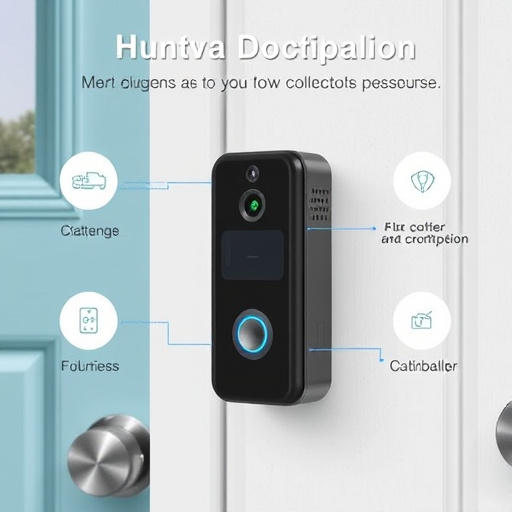Equipment costs and strategic financial planning are key determinants of a startup's success, with accurate budgeting and efficient management enhancing capital preservation while enabling startup growth. Early-stage businesses can leverage innovative funding options for essential technology upgrades, bridging the gap to swift market entry. Effective strategies balance short-term needs with long-term sustainability, fostering financial resilience against market fluctuations and unforeseen challenges, ultimately securing a competitive edge.
Financing equipment for startups is a critical step towards achieving sustainable growth. This article explores various strategies to navigate the challenge of startup equipment needs, focusing on optimizing resources while accelerating progress. We delve into understanding the significant impact of equipment costs on early-stage development and discuss methods for preserving capital through strategic funding. Additionally, we highlight how quick access to financing can revolutionize market entry and build financial resilience for long-term success, ensuring startups stay competitive in a dynamic environment.
- Understanding Startup Equipment Costs and Their Impact on Growth
- Preserving Capital While Funding Essential Upgrades
- Accelerating Market Entry with Quick Access to Financing
- Building Financial Resilience for Long-Term Startup Success
Understanding Startup Equipment Costs and Their Impact on Growth

Understanding Startup Equipment Costs and Their Impact on Growth
Equipment is often a startup’s single largest expense, playing a pivotal role in their journey from idea to market entry. Accurately estimating and budgeting for equipment needs is crucial for maintaining capital preservation while facilitating startup growth. Technology upgrades, in particular, are essential for staying competitive and relevant in today’s fast-paced business environment. Quick access to necessary equipment can significantly accelerate product development and launch timelines, giving startups a head start in the market.
Moreover, financial resilience is enhanced when startups can forecast and manage equipment costs effectively. This allows them to allocate resources wisely, ensuring they have the tools needed for successful operations without overextending their budgets. By carefully considering these expenses, startups can strategically plan for future growth opportunities, leveraging technology upgrades as a means to maintain a competitive edge and drive market success.
Preserving Capital While Funding Essential Upgrades

Starting a business requires strategic financial planning, especially when it comes to equipping your startup for success. One key aspect is preserving capital while funding essential upgrades. Entrepreneurs often face the dilemma of allocating resources between retaining cash reserves and investing in technology that can propel their startup growth.
Quick access to funds is crucial for market entry and ensuring financial resilience. However, prioritizing capital preservation allows founders to avoid diluting equity or taking on excessive debt. Smart budgeting and creative financing strategies, like leveraging government grants or partnering with investors who specialize in early-stage startups, enable entrepreneurs to secure the necessary technology upgrades without compromising their business’s long-term stability.
Accelerating Market Entry with Quick Access to Financing

In today’s fast-paced startup ecosystem, quick access to financing can significantly accelerate market entry and fuel startup growth. Early-stage businesses often face challenges in securing funding for equipment needs, which are crucial for their operations and technological advancements. However, innovative financing options have emerged to bridge this gap, offering entrepreneurs a safety net of financial resilience during the initial stages. These alternatives prioritize capital preservation while enabling startups to obtain necessary resources swiftly.
By leveraging these funding mechanisms, budding enterprises can invest in state-of-the-art equipment, facilitating technology upgrades and staying ahead of competitors. This strategic move not only enhances their operational efficiency but also strengthens their position in the market. Moreover, quick access to financing allows startups to navigate through unforeseen circumstances and pivot their strategies promptly, ensuring they remain agile and adaptable in a dynamic business landscape.
Building Financial Resilience for Long-Term Startup Success

Building Financial Resilience is a cornerstone for any startup aiming for long-term success. Startups need to be agile and adaptable, especially when it comes to equipment needs. To achieve this, prioritizing capital preservation becomes crucial, enabling them to navigate market fluctuations and unexpected challenges. By focusing on strategic investments in technology upgrades, they can maintain a competitive edge while minimizing financial strain.
Quick access to funding is essential during the initial stages, allowing startups to seize opportunities for growth and market entry. However, as they mature, it’s vital to develop a robust financial strategy that balances short-term needs with long-term sustainability. This involves meticulous budgeting, prudent cash flow management, and exploring diverse financing options tailored to their specific equipment requirements. Ultimately, cultivating financial resilience empowers startups to thrive regardless of external circumstances.














